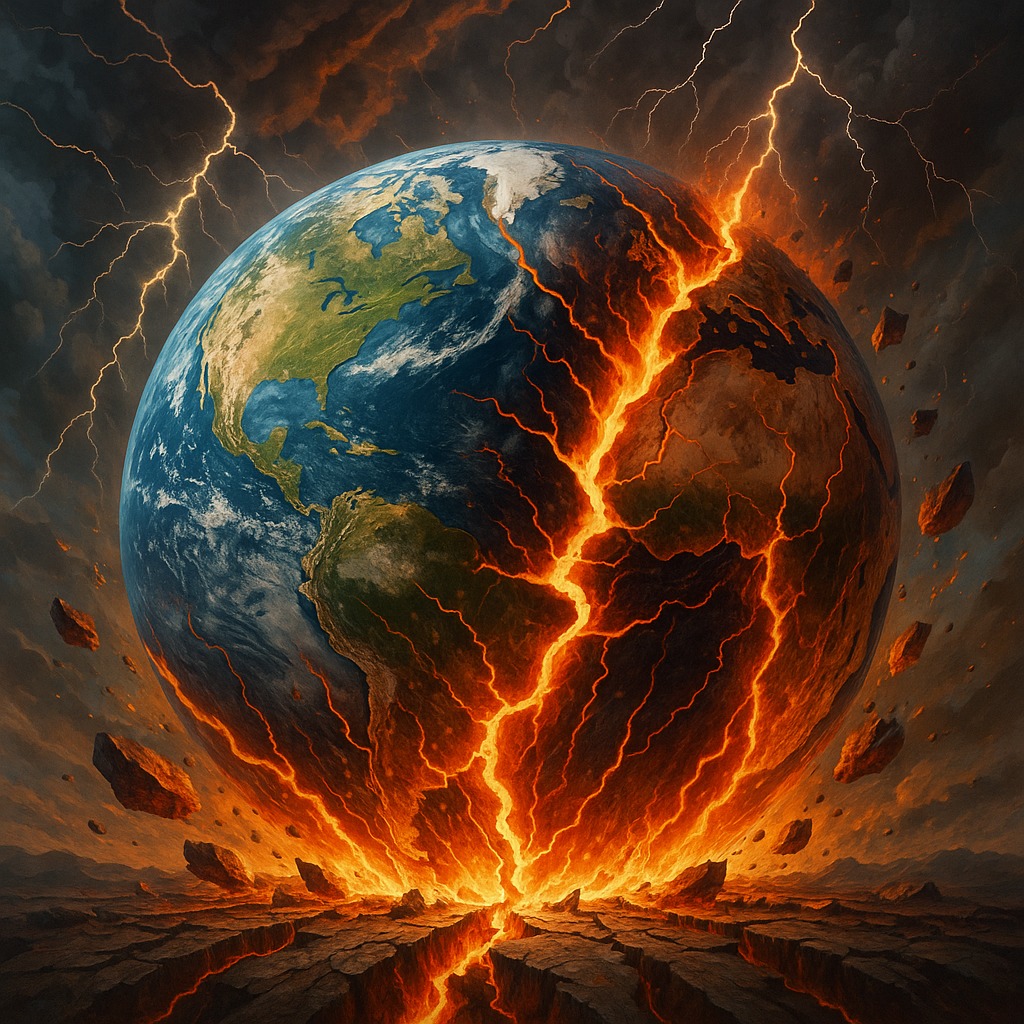When the ground shakes and the ocean surges, it’s not just a test of infrastructure; it’s a test of humanity’s preparedness. The devastating 8.8-magnitude earthquake that struck off Russia’s Kamchatka Peninsula on July 30, 2025, offered a chilling glimpse into what can unfold in mere minutes. This massive quake sent tremors across the Pacific Rim, triggering tsunami alerts and forcing millions from their homes.
From the battered coastlines of Severo-Kurilsk to the evacuation zones in northern Japan, the disaster prompted a swift emergency response. According to Reuters, waves reached up to 5 metres, flooding Russian towns and sweeping away coastal boats. In Japan, 1.9 million residents were ordered to evacuate as tsunami waves approached cities like Hokkaido and Wakayama.
But Japan and Russia weren’t the only countries on high alert. The ripple effects extended to Hawaii, California, Alaska, and even as far as Chile and French Polynesia — all part of the Pacific’s volatile Ring of Fire.
Countries That Should Stay Alert
With seismic threats growing, these regions must remain vigilant:
-
Indonesia, Philippines, Taiwan, and Papua New Guinea — where tectonic plates frequently shift
-
Japan, Chile, Peru, and Mexico — known for historic megathrust earthquakes
-
U.S. West Coast, including California, Oregon, and Alaska
-
New Zealand, Fiji, Tonga, and other Pacific Island nations
These countries are situated atop some of the most active fault lines in the world, making them particularly vulnerable to earthquakes and tsunamis.
Before the Earth Moves: Prepare, Don’t Panic
The moments before a disaster are the most important — but only if preparation happens in advance. Here’s how to be ready:
1. Build an Emergency Kit
Include essentials: bottled water, non-perishable food, medications, flashlight, radio, batteries, copies of documents, and emergency cash. A full guide is available at Ready.gov.
2. Know Your Risk Zone
Use the Earthquake Country Alliance to assess whether you live near fault lines or tsunami-prone coasts.
3. Secure Your Home
Anchor heavy furniture, retrofit structures if needed, and install latches to prevent dangerous movement.
4. Make a Family Plan
Designate a meeting point, assign responsibilities, and rehearse what to do in case of evacuation.
When the Shaking Starts: Act Fast
During Kamchatka’s quake, buildings trembled for nearly three minutes. That’s a long time when seconds can mean survival or tragedy.
-
Drop, Cover, and Hold On — Get under sturdy furniture and protect your head
-
Stay Indoors — Avoid doors, windows, and elevators
-
If outside, move away from buildings and utility poles
-
Near the Coast? Evacuate immediately after the shaking stops to higher ground — tsunami waves can arrive within minutes
One viral moment from the disaster showed Russian surgeons continuing cancer surgery during the quake, refusing to leave the patient as the hospital shook (The Sun). Their focus and resilience serve as a reminder of the calm we must cultivate during a crisis.
After the Quake: Recovery Begins
When the earth stills, the danger often persists.
-
Expect Aftershocks — These can be strong and unpredictable
-
Check for Injuries and Hazards — Avoid gas leaks, downed wires, and weakened structures
-
Stay Tuned — Use radios or alerts from agencies like the Pacific Tsunami Warning Center or Japan Meteorological Agency
-
Support One Another — Emotional trauma can outlast physical damage. Community support matters
The recent quake affected power grids, roads, and even air travel. The New York Post reported waves up to 6 feet in Hawaii, with advisories issued across California and Alaska. Thankfully, early alerts and decades of tsunami education kept losses minimal — but next time may not be so forgiving.
Final Reflection: Are We the Next Headline?
The Kamchatka earthquake didn’t just shake buildings — it shook the global conscience. Earthquakes and tsunamis don’t wait for permission, and they don’t care about borders.
Preparedness isn’t paranoia — it’s protection.
So, as the earth continues its ancient rumblings beneath our feet, the question isn’t if we’ll face the next quake — but whether we’ll be ready when it comes.
